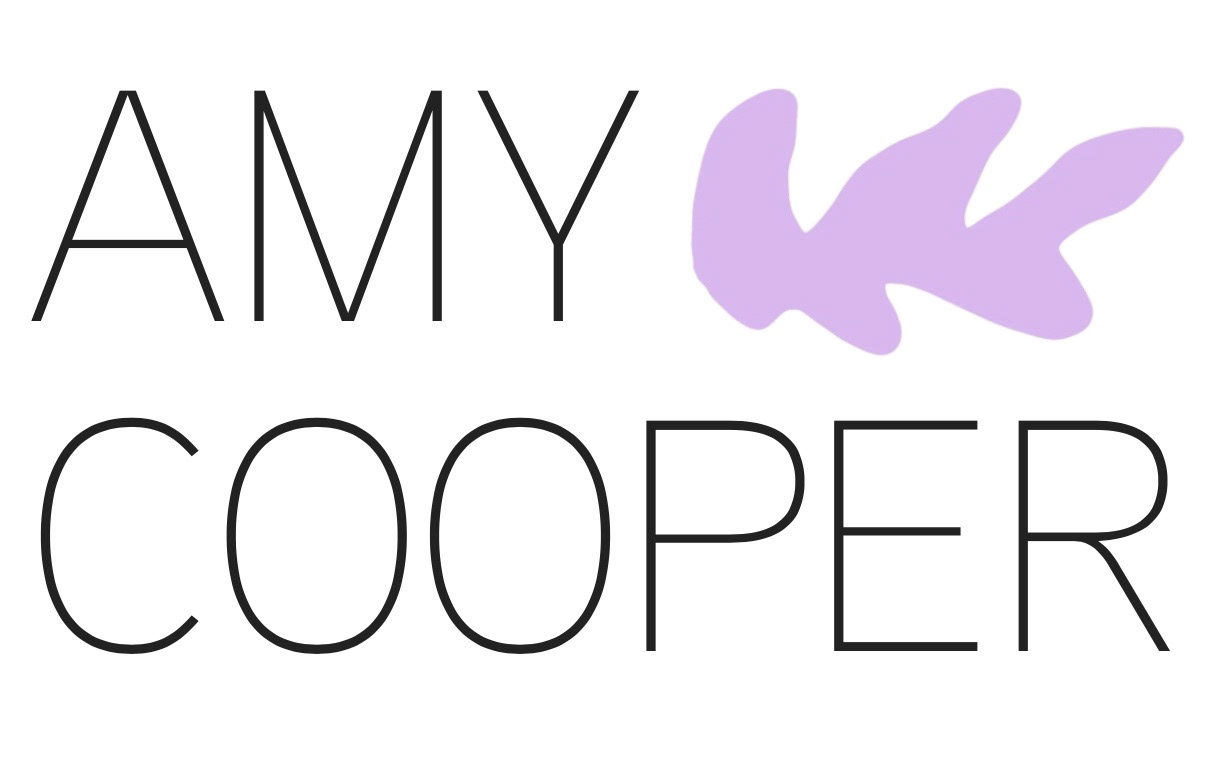Hero Image, Kororā House at Owhiro Bay
BRIEF:
This project explores the intersections between space and the politics of identity and well-being. Spatial design projects are subject to the codes and regulations of governing bodies and societal systems or narratives, but can also have agency in challenging and shaping those systems. You will be proposing a reimagining of a site, orientated around a ‘water place‘, in Te Whanganui-ā-Tara (Wellington), for a purpose that aligns with or critiques a particular well-being concern for the local communities (human and non-human). You will design a multi-program response to the site, its stories, its ecologies, and its socio-political conditions. We will celebrate the city's past, present, and future identity, and the changing relationships between people, land, and water. How does your spatial proposition respond to this context to reimagine urban well-being in this watery city?
OUTCOME:
What if...houses for Kororā facilitated relationships of care between people and penguins?
My project seeks to interact with the coastal area of Ōwhiro Bay by regenerating a bare grassland into a suitable kororā habitat that engages with the local community.
My intervention of 'Kororā Houses' works as a viewing platform to discover and learn about kororā from above, while below kororā nesting boxes are nestled underneath the houses surrounded by native vegetation. In Addition, two wing-like structures twist around the house, giving the kororā extra protection from the strong southerly and northerly winds. Within the houses are circular windows on the floor where people and children can spot Kororā safely. Alongside the 'Kororā Houses' are custom boardwalks with (after-dark) illuminating kororā footprints that carefully guide people to the houses. Lastly, new fencing will line the original and unique walkways to prevent kororā from cars and predators.
Through landscape architecture and design, my project informs the impact of urbanization along the coastline and how this has altered and disturbed the natural habitat for these kororās. Informed by Indigenous knowledge of Matauranga, the principles of Te Ao Māori guide my research and design through a "multi-layered system of tohu (signs)". These Tohu are environmental indicators that signal and forecast changes in the natural environment. For kororā, they are a "sign of life". With this knowledge, my design proposes to nurture kororā and the broader ecology by reimagining the coastal edge between the sea and land.
My intervention of 'Kororā Houses' works as a viewing platform to discover and learn about kororā from above, while below kororā nesting boxes are nestled underneath the houses surrounded by native vegetation. In Addition, two wing-like structures twist around the house, giving the kororā extra protection from the strong southerly and northerly winds. Within the houses are circular windows on the floor where people and children can spot Kororā safely. Alongside the 'Kororā Houses' are custom boardwalks with (after-dark) illuminating kororā footprints that carefully guide people to the houses. Lastly, new fencing will line the original and unique walkways to prevent kororā from cars and predators.
Through landscape architecture and design, my project informs the impact of urbanization along the coastline and how this has altered and disturbed the natural habitat for these kororās. Informed by Indigenous knowledge of Matauranga, the principles of Te Ao Māori guide my research and design through a "multi-layered system of tohu (signs)". These Tohu are environmental indicators that signal and forecast changes in the natural environment. For kororā, they are a "sign of life". With this knowledge, my design proposes to nurture kororā and the broader ecology by reimagining the coastal edge between the sea and land.
Section, Kororā Houses, and Environment
Floorplan and Detailed Section Cut, Kororā floor windows
Detail Drawing, Materiality of Kororā House
Perspective image, Lookout window from Kororā House
Perspective image from above, Kororā viewing windows
Perspective image, Kororā nesting box below the house
Below is a more comprehensive website about this project, Ngā Tohu: The Signs of Life
